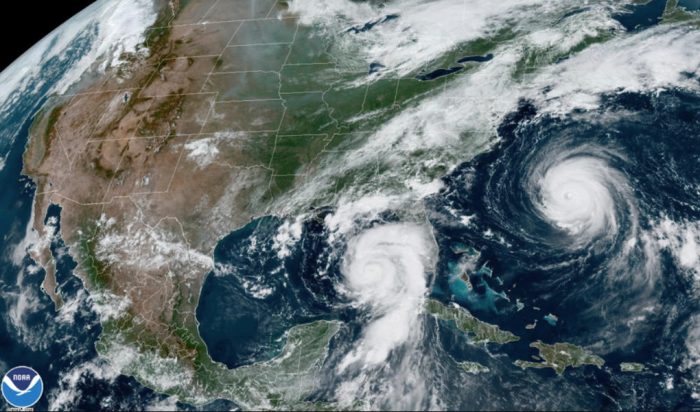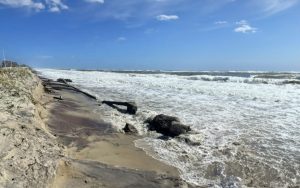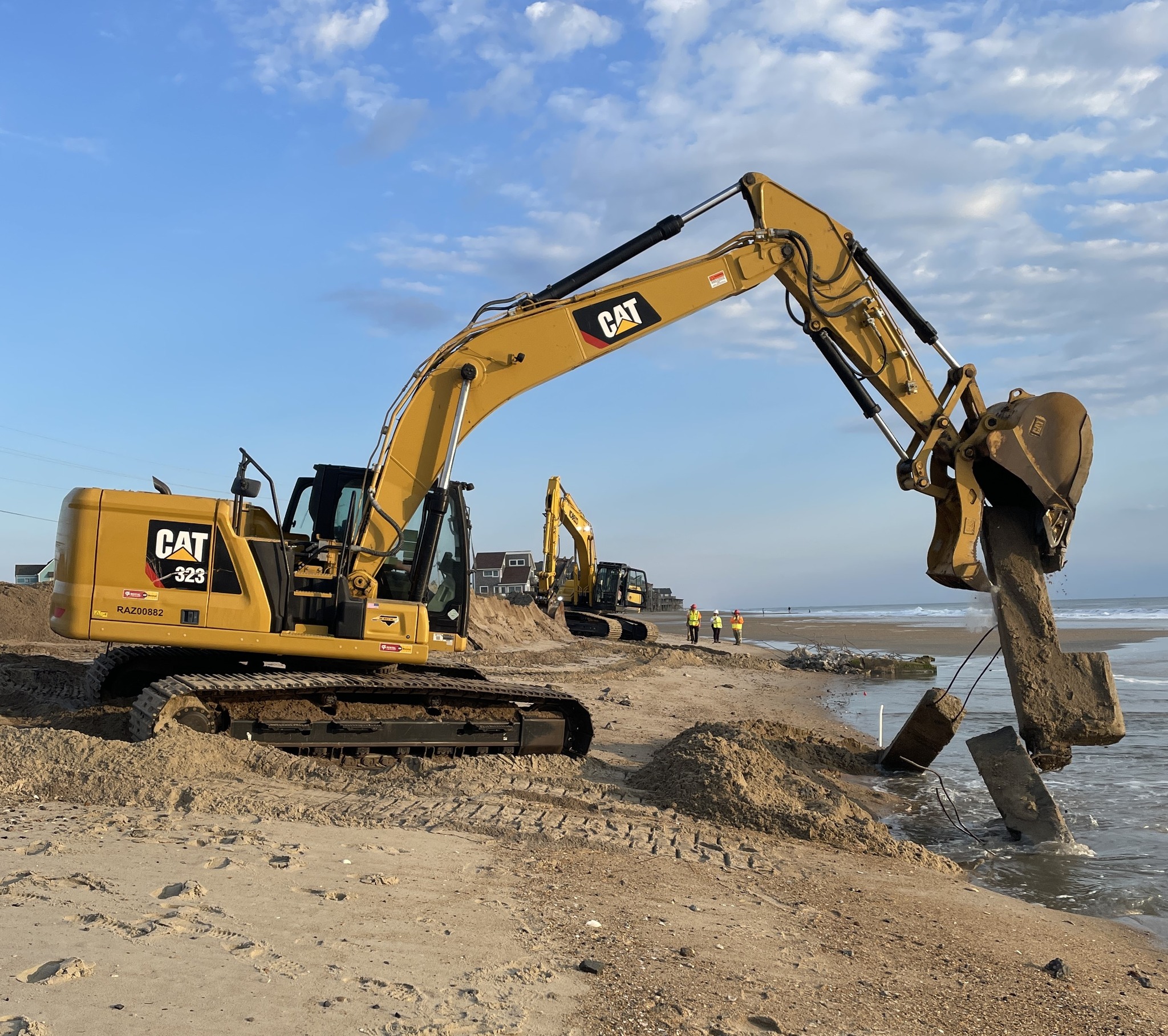NC State researchers predict active 2024 hurricane season

The 2024 Atlantic hurricane season begins in less than two months, and already a pair of preseason predictions are calling for it to be a busy one.
On the heels of researchers at Colorado State University making their highest-ever early call for the number of hurricanes, a team at N.C. State University is saying the same thing.
The group led by Lian Xie, professor of marine, earth and atmospheric sciences at NC State, is predicting between 15 and 20 named storms.
That is significantly higher than the long-term average, and moderately higher than recent 30-year averages, Xie said. The long-term (1951 to 2023) average of named storms is 11, and the more recent average (1994 to 2023) is 14 named storms.
Of the predicted 15 to 20 named storms, NC State researchers say 10 to 12 may grow strong enough to become hurricanes (the historical average is six), with the possibility of three to four storms becoming major hurricanes.
The forecast was made through a collaboration between NC State’s departments of marine, earth and atmospheric sciences and computer science. NC State adjunct assistant professor of marine, earth and atmospheric sciences Xia Sun also contributed to the research.
Those figures nearly match the Colorado State’s prediction issued earlier this month of 23 named storms and 11 hurricanes.
NC State scientist add that the Gulf of Mexico will also see a slightly more active hurricane season.
Of the 15 to 20 named storms predicted across the entire Atlantic basin, Xie’s data indicate the likelihood of five to seven named storms forming in the region, with two to four of them becoming hurricanes, and one to two becoming a major hurricane.
Historic averages for the Gulf are three named storms and two hurricanes.
Xie’s methodology evaluates more than 100 years of historical data on Atlantic Ocean hurricane positions and intensity, as well as other variables, including weather patterns and sea-surface temperatures, to predict how many storms will form in each ocean basin.
While NC State’s forecast does not go beyond the Atlantic and Gulf, Colorado State gave early season predictions for specific geographic locations.
The Outer Banks is more likely than not to see at least one named tropical cyclone move through this year, according to the CSU team.
This year’s predictions of another busy year follow the 2023 Atlantic hurricane season, which will be remembered for two late-summer storms that left their legacies on eastern North Carolina in what was one of the busiest seasons in the last eight decades.

The above-average year of activity was also characterized by record-warm Atlantic sea surface temperatures, and for producing the most named storms in what is considered a strong El Nino year.
Seven storms were hurricanes and three intensified to major hurricanes. An average season has 14 named storms, seven hurricanes and three major hurricanes.
The most significant hurricane of 2023 was Idalia, which made landfall at Category 3 intensity in the Big Bend region of Florida, causing $3.6 billion dollars in damage and resulting in eight direct fatalities.
Remnants of Idalia passed across eastern North Carolina with heavy rain, strong winds, and some overwash issues on Hatteras Island just ahead of Labor Day weekend.
The following week, three people died in the span of three days while swimming in the Atlantic Ocean, which was still churned up from waves caused by both Idalia and distant Hurricane Franklin.
And waves from the two storms started an extended period of erosion of the beach north of Cape Hatteras Lighthouse, which remains closed due to petroleum products leaking from the sand at the site of former Navy/Coast Guard facilities in Buxton.
The Atlantic hurricane season runs from June 1 through Nov. 30.













